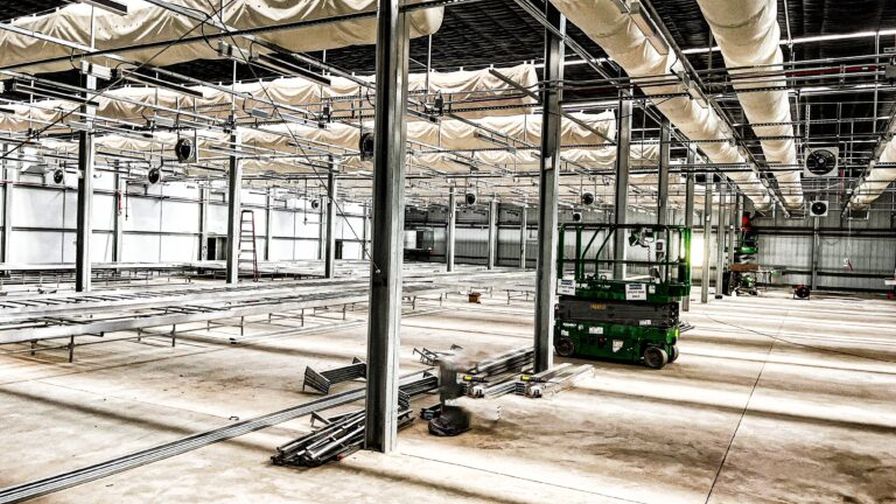
Greenhouse interior structure design planning. | LLK Greenhouse Solutions
Most greenhouse projects fail before the first beam is even installed. Not because of bad materials, poor construction, or even cost overruns — though those don’t help. The real killer? Shortsighted planning.
As Sylvia Courtney, Vice President of Design at LLK Greenhouse Solutions, says, “It’s very shortsighted if we start designing, especially on a site level with specific utility needs, and we’re only thinking about today. We’re not thinking about five years from now.”
If you don’t plan for the future, the future will hit you like a truck. And it’ll cost you — big time. Here’s how to avoid that fate.
Step 1: Stop Thinking About Today — Design for Expansion from Day One
Your greenhouse is not an island. It’s part of a bigger ecosystem — utilities, regulations, land constraints, and yes, market forces. So, before you start sketching floor plans, ask yourself:
- Will your utilities support expansion, or will you be stuck paying a fortune to upgrade later?
- What about site constraints? Is there enough room to scale, or are you boxing yourself in?
- Are there hidden regulatory traps waiting to bite you in five years?
Sylvia has seen it all. She recalls a project that required about a dozen revisions before the client realized their gas line was too small, and the utility company had no intention of upgrading it. “It was a huge pivot,” she says. “And those things are really important.”
Therefore, it’s cheaper to overbuild infrastructure upfront than to retrofit it later.
Step 2: Site Selection — Know the Deal Breakers Before You Sign
A piece of land might look perfect — until you dig into the fine print.
Take water, for example. It’s the lifeblood of any greenhouse operation, yet many buyers don’t even test it before purchasing.
“In my opinion as a horticulturist,” Sylvia says, “I would always want to get a water test before I bought a piece of property to know what I’m going to have to spend to make this water ideal to grow crops.”
And then there’s runoff. “It used to be the case that you could just have stormwater runoff go onto the ground,” says Sylvia. “Now, in a lot of places, any runoff is required to be captured and either hauled away or put in evaporators.”
Before you buy:
- Test the water — don’t assume it’s good.
- Check stormwater rules — new regulations could cost you millions.
- Know your utility capacity — a weak power grid or gas line can capsize your project.
Step 3: Equipment Placement — Because Maintenance Shouldn’t Be an Afterthought
Greenhouse designers are often obsessed with maximizing production space. That’s great — until you realize you’ve trapped a critical control panel behind five benches of plants.
“Positioning equipment in the space so that maintenance can be performed is huge,” Sylvia says.
If maintenance is hard, it won’t happen. If it doesn’t happen, your greenhouse stops running.
Step 4: The Automation Trap — Tech Won’t Save You from Bad Design
Many greenhouse operators assume automation will solve all their problems. However, more tech means more maintenance.
Sylvia recalls working with a grower eager to automate. “The questions that were being asked by the automation company were just overwhelming to them,” she says. “It’s hard to go from being a traditional small-scale grower to full automation.”
Here’s the golden rule:
- Automate only what makes sense for your operation.
- Ensure you have a qualified maintenance team before adding high-tech systems.
- If your greenhouse can’t function without human oversight, no amount of automation will fix that.
For the final two steps for future-proofing your next greenhouse project, please read the original article found on the LLK Greenhouse Solutions website.

